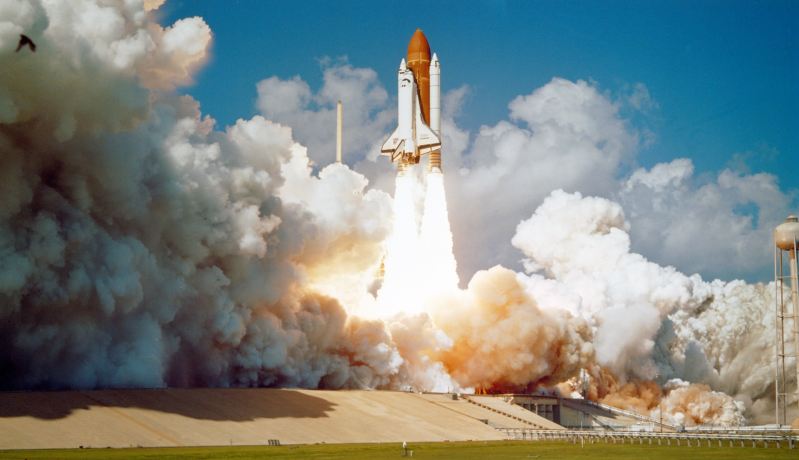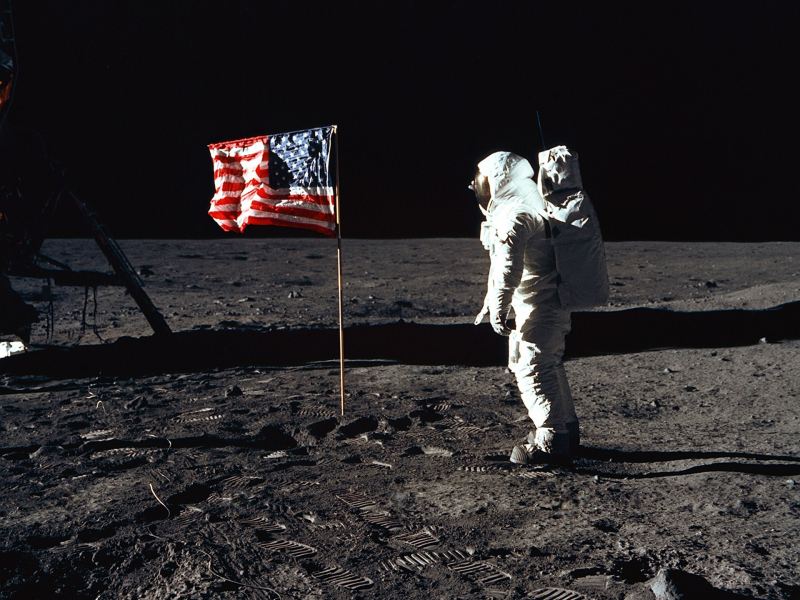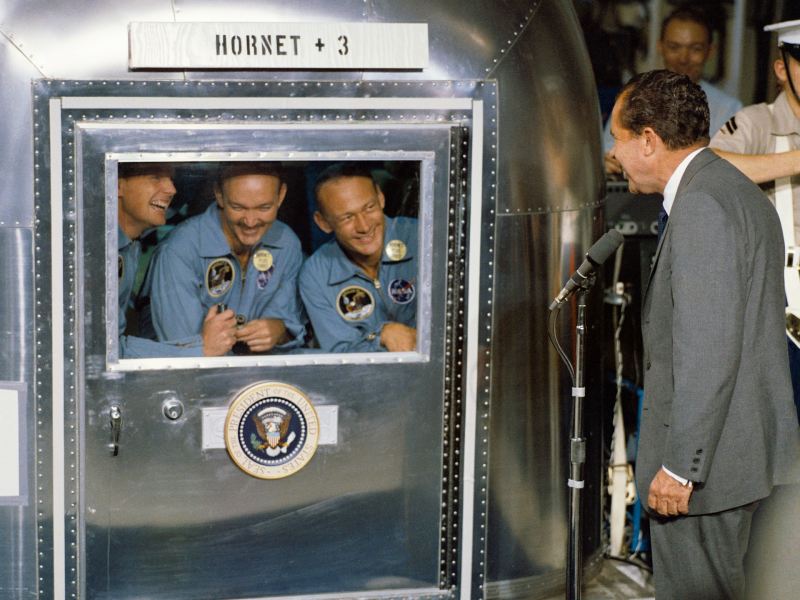
Everyone gets that thrill when watching astronauts take off for an exploration into space. We all turn into little kids and get that wonder in our eyes. And while no one wants to see it, there’s that little voice in the back of your head asking what if the rocket exploded, and how would the astronauts escape to safety? Well, those are probably intrusive thoughts in the heads of the people in the shuttle, so NASA gave astronauts a way to put their minds at ease with a secret rubber room below their launchpad, and the way to get there is a little whimsical.

The launchpad with the surprise bunker
As with anything weird or unusual, this takes place in Florida, at the site of Kennedy Space Center Launch Complex 39, also known as Launchpad 39, on Merritt Island. The complex was built in the 1960s for the Apollo Program during the Space Race, and would later be tweaked for the Space Shuttle Program.
The launch from Launchpad 39A that everyone should know is the Apollo 11 mission, which saw astronauts Neil A. Armstrong, Michaell Collins, and Edwin (Buzz) E. Aldrin Jr. on their way to the moon in 1969. Armstrong would be the first person to walk on the moon, with Aldrin becoming the second a mere 19 minutes later. Collins was the pilot, staying in lunar orbit for the trip. Now you’re ready for trivia night.
A Saturn V rocket is what launched the crew out, and the fear of it exploding caused NASA to put these bunkers in place.

The amusement park-themed way for astronauts to stay safe
The curious rubber room in question is underneath the complex, and there are two of them, one under each launchpad. In the event they were needed, people working on or around the launchpad, as well as the astronauts, could escape to safety in an almost waterpark-like manner.
How they get down there
Here’s the fun part. Anyone who needs to get to the bunker would start by dropping down a 200-foot-long slide, constantly watered to make you go even faster. The astronaut or personnel member would get spit into a rubber room onto a table filled with more water so no one would get hurt.
The room has a floating floor, with shock absorbers and springs ready for any impact. Once everyone was inside this domed, rubber chamber, the giant steel door would be sealed, so everyone could be cozy like treasure inside a bank vault. So everyone would be even safer; a selection of seats would be available to strap yourself in for the ride. That sounds like a scene out of Willy Wonka & Chocolate Factory, but with water instead of chocolate. They put in plenty of emergency precautions and had rations for up to 20 people for 24 hours in case of any oopsies, so they had it all covered.
Sorry to say, the rooms are now closed
We feel bad getting you so invested, but the bunkers were closed, and for good reasons. They have seen better days, and with all the water, leakage was inevitable, with even some Florida wildlife trying to make a home there. Launchpad B was closed up in 2012, when they found high traces of lead from the paint, and we know that’s not good for humans. Launchpad A will give you hope, as that one is still accessible.
In 2014, when Elon Musk-owned company SpaceX leased Launchpad A from NASA, the deal included keeping the pad, the rubber room, and other parts historically preserved.
So, we’re saying there’s a chance the waterslide and rubber room could be opened up for public viewing (and sliding) because you never know when Musk is at the helm of something. We are thankful the bunkers weren’t needed for the astronauts or any of the crew, but what a wild ride down it would have been.



